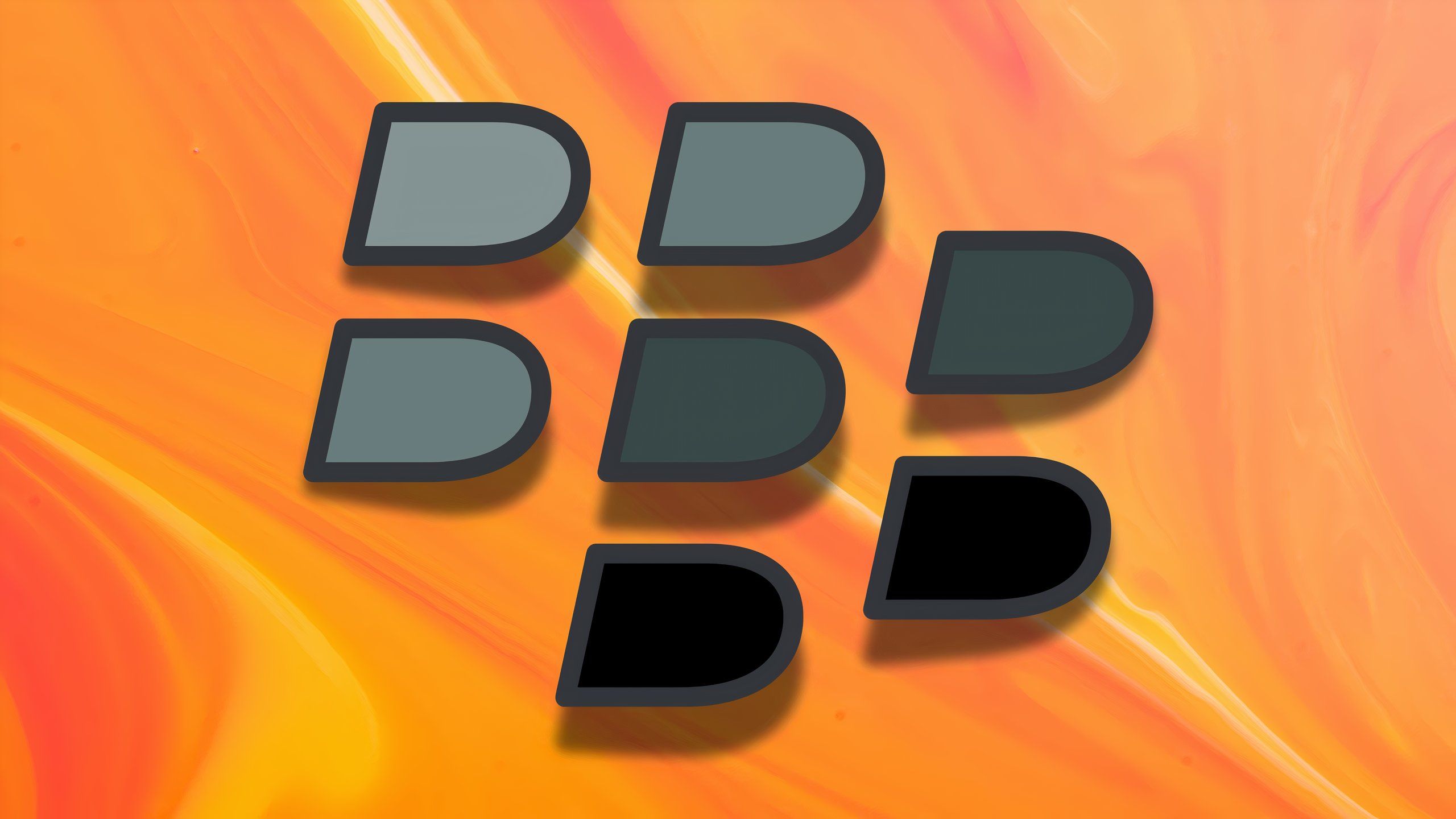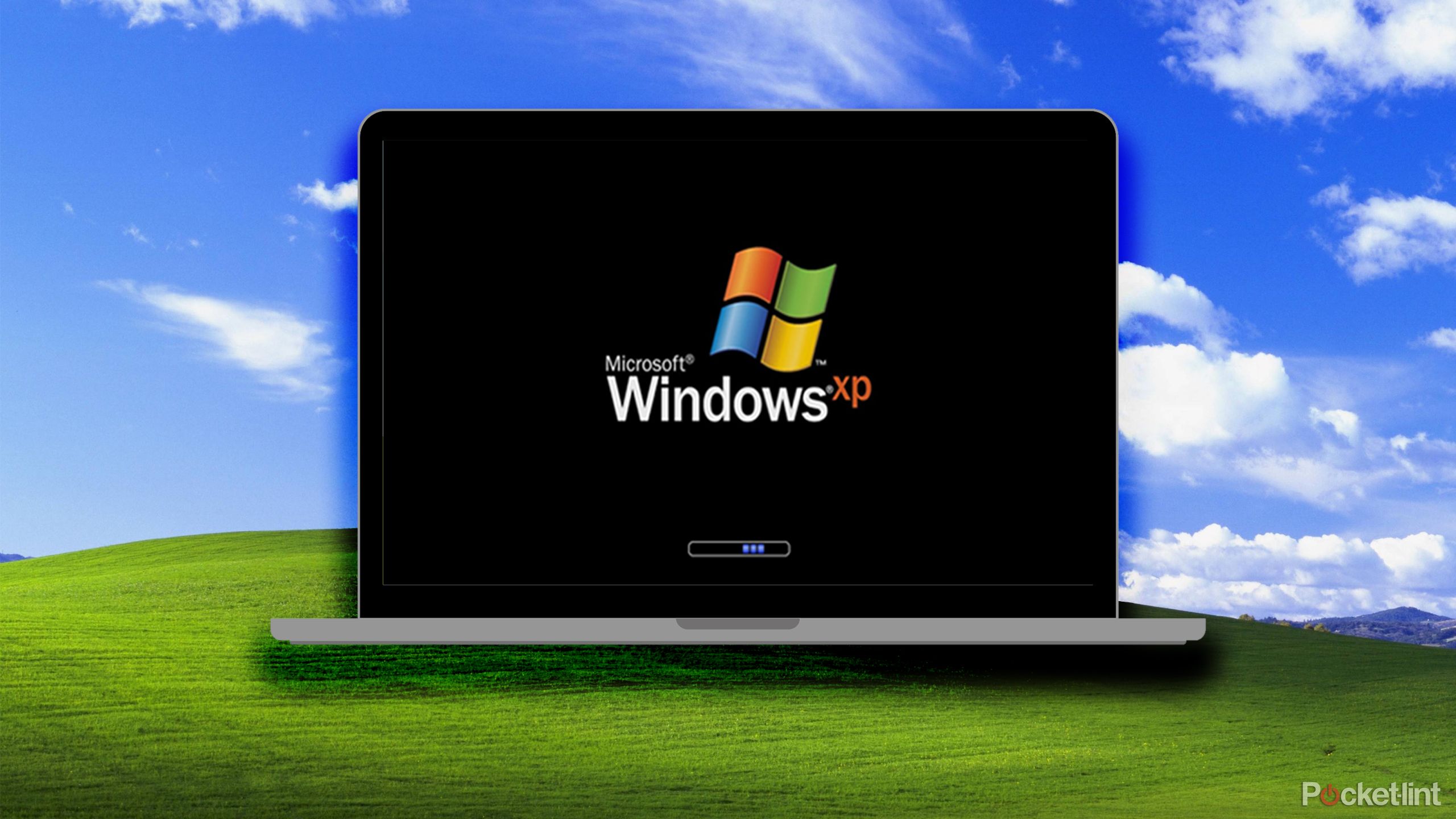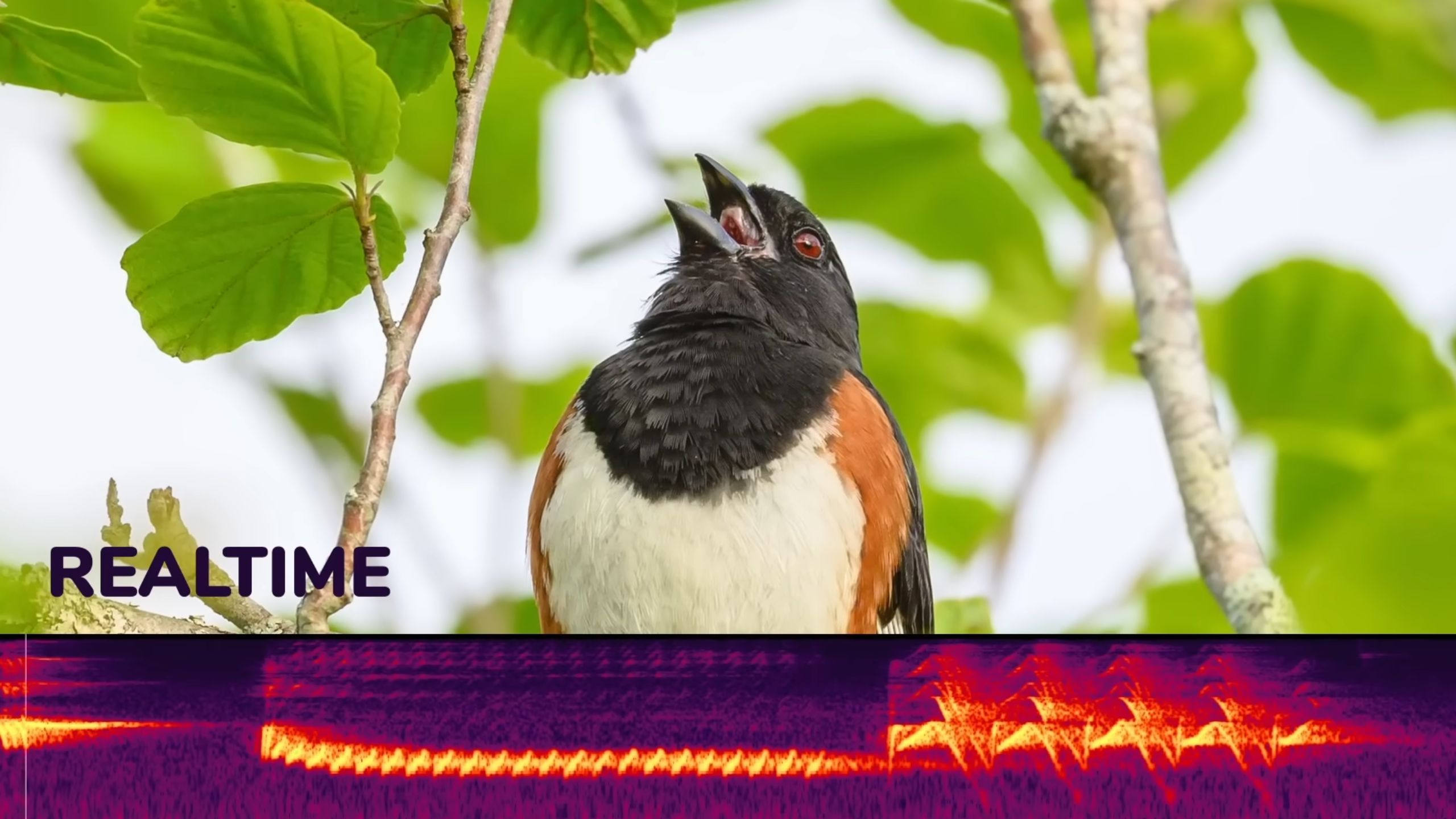Summary
- A YouTuber, Benn Jordan, has successfully managed to save a PNG file to a starling songbird.
- To do so, Jordan took a sketch of a bird, converted it into an audio wave, and taught the sterling to emulate the precise sound.
- As a proof of concept for bird-based data storage, Jordan’s video is a fascinating look at the power of nature.
A YouTuber by the name of Benn Jordan has managed to do something truly remarkable: he successfully saved a PNG image file directly to a starling bird. In particular, the music and science video creator chronicled his journey of converting a digital sketch into an audio waveform, which was then successfully ’embedded’ into the song memory of the small feathery animal.
For some context, this particular starling bird was chosen for the task for both practical and contextual reasons. It was found abandoned by a roadside as a baby, and it therefore lacked the generational passdown of chirps and coos that it’d otherwise be endowed with. As a songbird, the starling’s well-developed syrinx (voice organ) makes it an ideal candidate for reproducing a diverse range of sound waveforms.
The data transfer process itself is outlined in Jordan’s thirty-minute YouTube upload, in which he takes a PNG line-style bird sketch, transfers it into acoustic waveform via spectral synthesizer tech, and plays the recorded track back to the starling. Later on in the video, while sorting through audio files, Jordan locates a section of his spectrogram graph that is distinctly bird-shaped — confirmation of a data transfer from sketched drawing to songbird audio vibrations.

Related
I believe in BlackBerry’s comeback
Kevin of CrackBerry fame has launched a petition to bring back BlackBerry, and the recent success of Clicks bodes well for the movement’s feasibility.
Bird-based data storage of up to 2MB/s
Why settle for a hard drive when you can enlist the help of an aviary
Jordan delves deeper into the technical underpinnings of this miraculous bird-based storage solution in his video, outlining information with regard to sound frequency, transfer protocols, and the inherent limitations of this flighty proof of concept. According to his calculations, the YouTuber reckons that a total transfer speed of 2MB/s is within the realm of possibility. In the case of this young songbird, the total amount of data transferred is pegged at roughly 176KB from PNG to songbird form.
The very idea of transferring data to a bird is a fascinating one, and it highlights the sheer power and complexity of biological beings. Birds, which, technically speaking, are feathered dinosaurs, are known to be intelligent vertebrates. Carrier pigeons have been employed since ancient times for postal duties, parrots have long fascinated humans with their ability to replicate speech, and storks, eagles, ravens, owls, and many other bird species have been revered over the course of human history.
Personally, I’d be interested in seeing bird-based data solutions take flight.
Personally, I’d be interested in seeing bird-based data solutions take flight, particularly if multi-generational knowledge transfer can mitigate the ever-present threat of data loss. Every single hard drive, solid state drive, USB stick, and memory card will one day fail, and our ability to replicate bits and bytes of data is simply no match for Mother Nature’s time-tested solution of DNA replication and neuron-firing.

Related
How I turned my browser into a Windows XP time machine
You can now easily relive the experience of booting up Windows XP directly in your browser.










